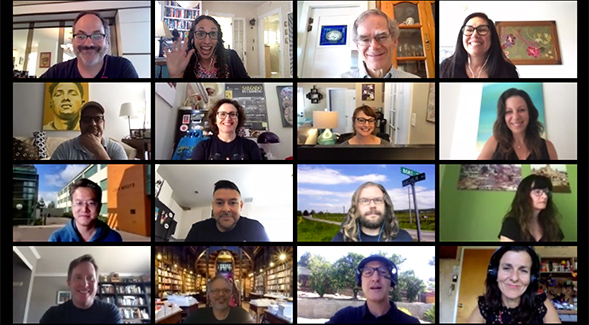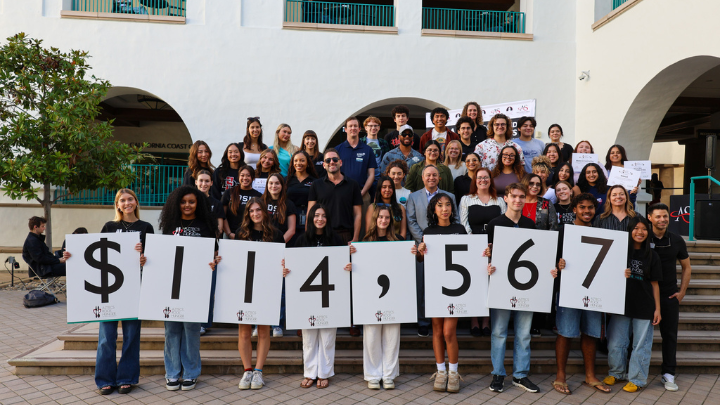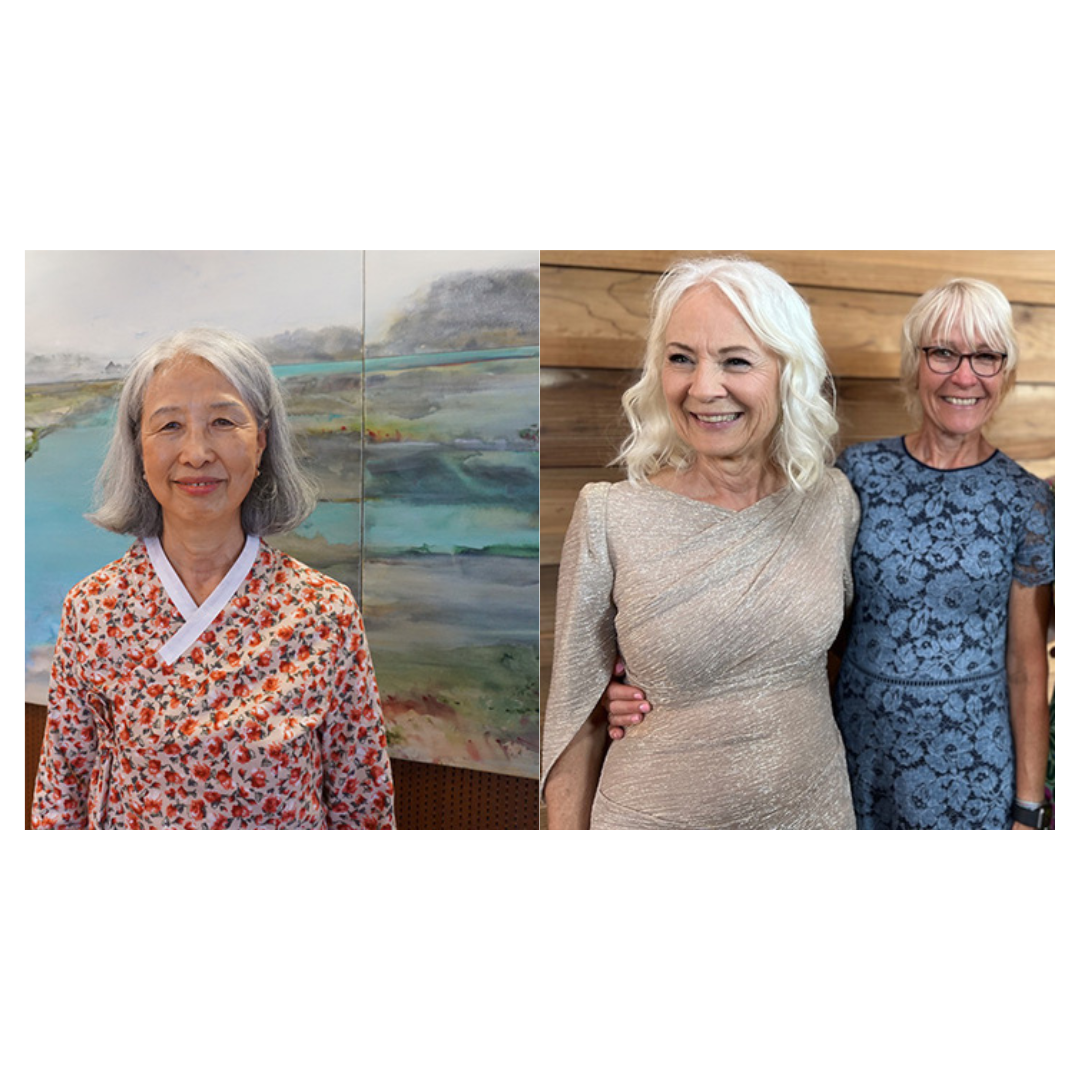New Digital Toolkit Website Provides Training and Support
The Digital Humanities Initiative supports and enhances faculty teaching and student learning experiences.

“Teaching students to think critically and historically about digital tools and culture has never been more important.”
From interactive digital timelines to lessons delivered via podcast, San Diego State University faculty are developing new technologies and tools for the fall 2020 semester to foster positive and engaging learning experiences in the virtual environment.
In spring, during the early days of the COVID-19 pandemic, faculty had the daunting task of pivoting from a formal classroom to a virtual one with little warning.
“It was terrifying,” said Digital Humanities co-founder and co-director Jessica Pressman, who spearheaded the development of the new virtual teaching toolkit during the summer to support faculty. “In crisis, there is opportunity, and the Digital Humanities Initiative is poised to serve. We can help faculty feel less anxious about teaching online and, therefore, also help students have a better learning experience.”
Teaching During Quarantine is an SDSU website that offers a plethora of new tools along with real examples of classroom projects from faculty already using digital humanities pedagogy. The website offers a lifeline of useful and creative ideas for faculty as they enter the virtual classroom again in fall. Faculty from SDSU and as far away as the Netherlands and Poland have already accessed the site in order to develop and enhance courses.
Tools and data
Website content was aggregated, curated, and organized by Pressman with digital humanities librarian and co-director Pamella Lach, programs assistant and graduate student Harmit Chima, and the digital humanities advisory board.
The toolkit showcases a wide range of work and resources — from a page highlighting teaching tools and data visualizations, to a critical thinking section that features shareable critical humanistic lessons developed for the History of the Book, Digital Literacy, Social Justice and Activism, and Ethical Programming and Design.
“Setting the Tone” supports faculty in creating trust in the virtual classroom during those crucial first class meetings. Faculty are encouraged to “inject playfulness into your classroom with music, gifs, animation, polls, and icebreakers” via Zoom. There is a section devoted to virtual programming and workshops organized by the Digital Humanities Initiative, and faculty are encouraged to include these Zoom-based events in their syllabi for extended learning and extra credit.
“The Digital Humanities Initiative at SDSU is a faculty-led movement, and each faculty participant has individual expertise in different aspects of digital pedagogy. This website curates and aggregates so that we can share our knowledge and support each other,” Pressman said. “We can also showcase our great colleagues and their amazing work.”
Professor Clarissa Clo’s Scalar work for her European studies classes, history Professor Beth Pollard’s use of timelines for teaching about ancient Rome, and Africana studies Professor Sureshi Jayawardene’s use of maps in her Black Urban Experience course are featured examples.
Connecting faculty
Beyond the vital lessons and samples utilizing new digital tools, Pressman said the website “offers a feeling of connectedness for faculty.” Faculty can reach out to each other to ask how work was done and share their results with one another. “We are shining a spotlight on professors and illuminating our digital humanities network,” Pressman said.
“With online learning, we can’t just let the magic of teaching happen, as it did in the classroom,” Pressman said. “We have to ‘backward design’ that magic,” using learning outcomes to design the pedagogical process needed to achieve them.
As classes continue to be taught in the virtual space, Pressman hopes the website can serve as a repository and showcase to inspire them to develop unique and engaging classroom experiences, and build a faculty community in the process.
As the website states, “Teaching students to think critically and historically about digital tools and culture has never been more important. In an age of fake news, algorithmic culture, and virtual instruction, digital literacy is no longer an option; digital literacy is literacy.”



